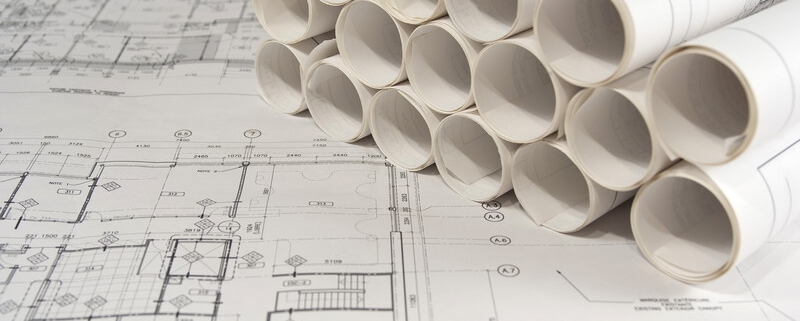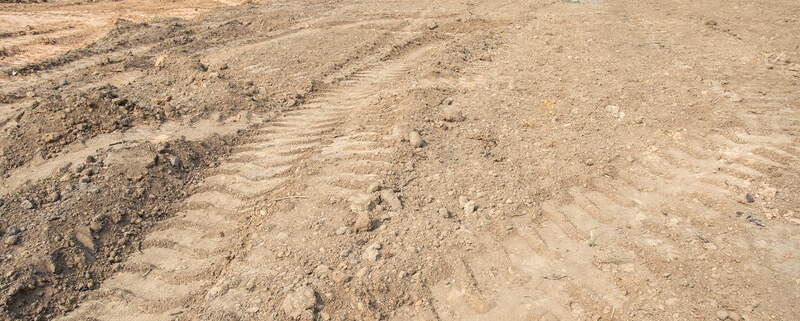The commercial real estate market was beaten, broken and left for dead by Covid-19 in 2020.
It roared back to life in 2021 with record-breaking sales of $809 billion, but like cops pulling up to a rowdy frat house all-nighter, the arrival of unrestrained inflation and soaring interest rates may signal the party’s over. That has many real estate investors at a strategic crossroads wondering, “do I buy, sell or hold?”
Privately owned commercial real estate has historically offered a strong hedge against inflation. The owners of properties with short-term leases such as apartments, self-storage, and manufactured home communities can quickly raise rents to match inflation, as measured by the Consumer Price Index. That’s a significant advantage as the CPI topped 8% in March and April, reaching 8.6% in May, the highest rate since 1981. Then, like today, inflation was driven by a dramatic spike in oil and gas prices and an unrestrained Treasury flooding the economy with money.
In 1980, newly installed Federal Reserve Chairman Paul Volcker responded by strangling the flow of currency to such an extent that in December 1981, mortgage rates hit 20%. Inflation quickly declined, but at a cost of 10.8% unemployment, a decline of 3% in GDP, and not one but two recessions. While inflation is the friend of many landlords, recession is not, and the commercial real estate business began a decade-long decline.
A recession has followed every sharp increase in inflation over the past 75 years, and the current gravity-defying trend shows no sign of fading. The Producer Index – what manufacturers pay for raw materials – rose .08% in May, doubling the .04% increase in April, for an annual rate of 10.8%. Those costs will be passed on to the consumer, driving the CPI yet higher. Gas is over five dollars, and diesel is flirting with six. Given that sudden spikes in energy costs preceded six of the last seven recessions, and the Commerce Department reporting an unexpected decline in retail sales in May, another recession seems inevitable.
Investment real estate performance and GDP rise and fall together. A weak economy creates a decline in business and consumer spending, limiting the ability of landlords to raise rents. Pandemic resistant, “essential businesses” like Dollar General and Walgreens have been highly favored by investors. However, with leases holding their rents flat for 10-15 years, landlords will be losing money every year, as will big-box retail and office building owners with long-term leases not indexed to CPI. The Fed’s more aggressive monetary policy will create higher long-term interest rates, provoking a recession and stricter commercial lending requirements. Higher rates and loan equity requirements result in lower returns, causing investors to retreat and property values to fall. For investors with such assets who are alarmed by a disintegrating economy and contemplating a sale, it may be best to hold and wait for the inevitable recovery.
The cycle of decline and recovery often occurs over a decade or more. Property owners under 50 can afford to wait for the next upcycle if the market sees a significant correction. Commercial real estate always trends up over decades, and for 25 years has outperformed the S&P 500 Index, with average annualized returns of 10.3% and 9.6%, respectively. And, unlike stocks, bonds, and cryptocurrency, real estate has never been worth zero. For those younger investors, this may be the right time to buy.
“While rates are being managed higher as a deterrent to inflation, they are still historically low. Buyers who can lock in fixed rate debt on income property at current rates of 5.5% to 5.6% today will be winners as these rates are likely to be the lowest they may ever see,” said TowneBank Commercial Mortgage President, David Beatty.
Named a “Top Ten US Bank” by Forbes in 2022, TowneBank is a leading commercial real estate lender in Virginia and North Carolina.
What’s the case for selling in the current market? Few people doubt that commercial real estate values have reached a cyclical peak after a 12-year bull run. Secretary of the Treasury Janet Yellen recently expressed concern to the US Senate Banking committee that banks and non-bank lenders such as insurance companies and hedge funds maybe be overleveraged at a time of rising interest rates. Knowing cash is king, there is anecdotal evidence that portfolio owners are choosing to boost liquidity with strategic dispositions at apex pricing. In what may be a record-breaking sale for a single such property, an Arizona company paid $363 million for Jamaica Bay, a manufactured home community in Fort Myers, Florida.
Many investors anticipate a wave of defaults when acquisitions at aggressive pre-COVID prices can’t cover the debt service when their loans soon reset at higher rates. When real estate crashed in 1973, legendary investor Sam “Gravedancer” Zell, the father of the modern REIT, picked up dozens of high-quality apartment buildings at a fraction of replacement cost. Zell used the massive cash flow from those assets to buy office buildings at 50 cents on the dollar when the real estate market crashed again in the 1980s, becoming a billionaire. Today, the post-COVID “hybrid working” trend is driving tenants from center city office buildings to the more affordable suburbs. Those tenants who remain are demanding aggressive rent concessions to stay.
Foreshadowing a coming market correction are dozens of “distressed” real estate funds, amassing billions of dollars. Global investment firm Angelo, Gordon & Co. L.P. has in 36 months attracted $11billion in investment to its “distressed debt and special situations” platform. Investors are betting on a spike in real estate loan defaults, with banks forced to sell their debt at deep discounts to maintain FDIC liquidity requirements.
What about the smaller investor or owner/user? If you’re a doctor over 60 wanting to cash out the equity in your medical office building to facilitate a more comfortable retirement, now may be the time to sell and lease back. The demand for these properties is ceaseless due to their resilience during economic slumps. Montecito Medical is one of the nation’s largest privately held companies specializing in healthcare-related real estate acquisitions and a leader in sale and leaseback transactions. Since inception in 2004, Montecito has closed healthcare real estate transactions of over $5 billion.
“With the population of Americans over 65 projected to more than double by 2040, medical office real estate fundamentals are highly secure. That makes this category recession-resistant and a haven for capital at times when other commercial real estate sectors may be struggling. This was proven in both the Great Recession of 2008 and again during the Covid-19 pandemic,” said Chip Conk, chief executive officer of Montecito. “We built our entire business around medical office and the market has validated that strategy over and over. We remain as bullish as ever on this sector.”
Sale-leasebacks are increasingly common in other asset categories such as industrial real estate, perhaps the hottest commercial real estate category of all.
Owners with management-intensive assets like single-family rentals, manufactured home communities, and small apartment buildings may want to relax, travel, and otherwise enjoy the result of decades of hard work. They can use IRS Code Section 1031 to trade into management-free “absolute net,” single-tenant retail, enjoying historically low interest rates, avoiding capital gains and pocketing tax-free cash.
Being sensitive to economic cycles when buying, selling or hanging on is essential for success in commercial real estate.
Source: Forbes









